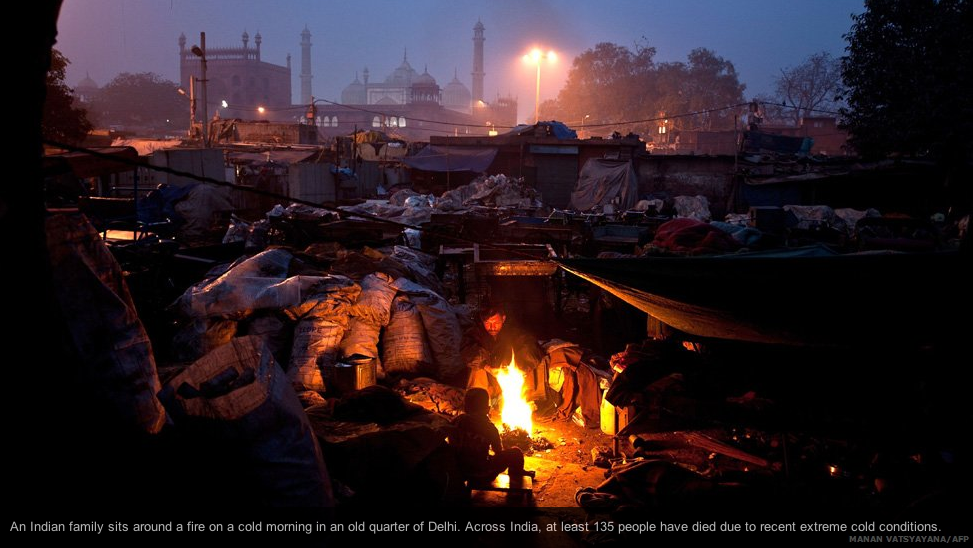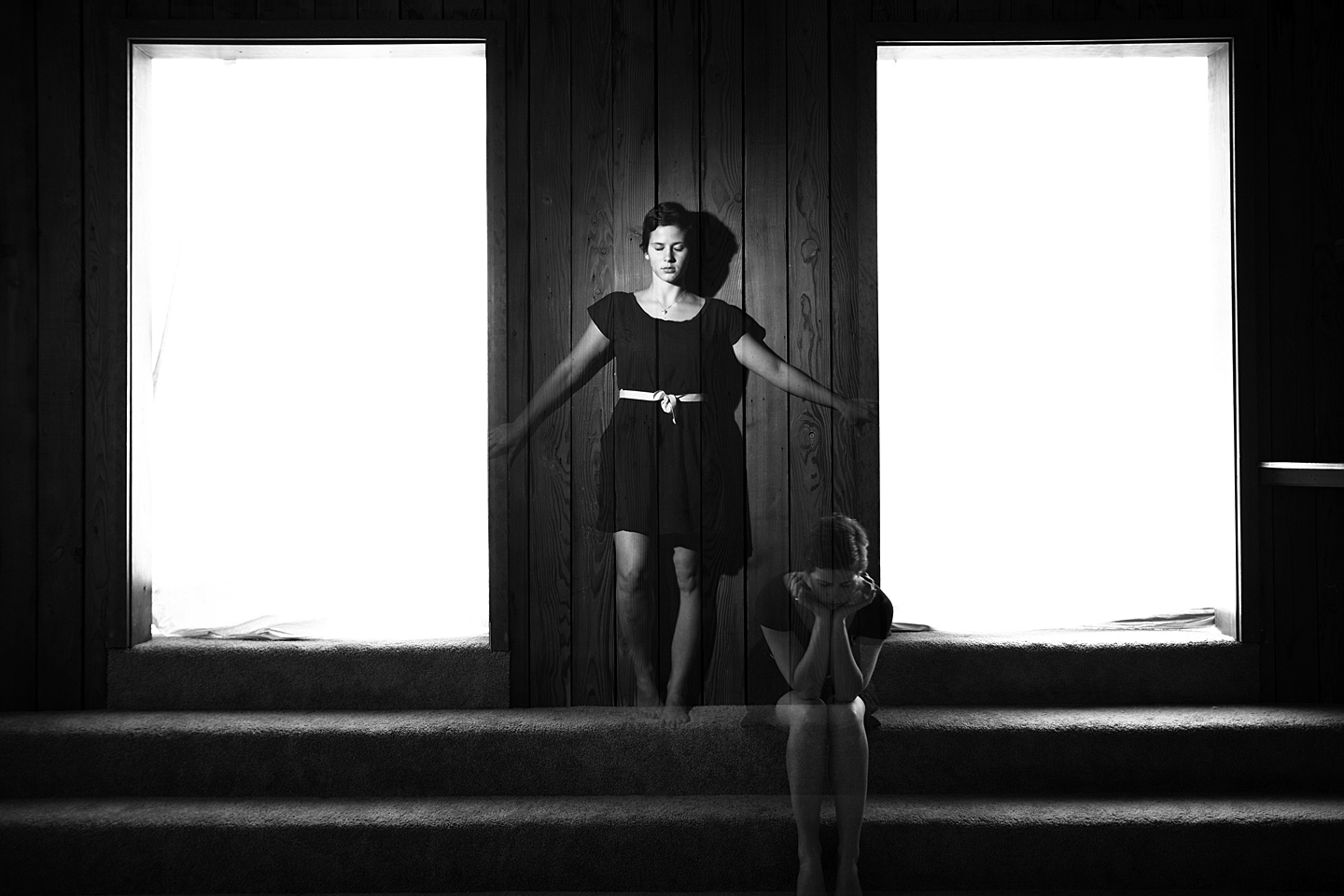Sometimes I am just blown away by other artists and their amazing ideas that I would never have thought of such as Paul Ramirez-Jonas’s work with a toy train moving back and forth on a track, or Cai Guo-Qiang’s fireworks and smoke effects. It is amazing how lighting can completely change the mood or effect of an image. I am also surprised how much lighting can convey time, either time of day or time period. I agree with the modernist photographers, than anything can be beautiful if well-composed and and executed. Beautiful subject matter isn’t necessary for a beautiful photograph. Shadows can also be interesting subjects. I hadn’t thought about the silhouettes used by Apple as coming from a lighting technique in photography! Learning blows my mind.
Monthly Archives: February 2012
Practice 2: Light and Shadow Response
I usually think of photography as a fairly modern invention, but it was interesting to go back to the basics of light and shadow that have been around for centuries. Techniques have certainly changed. I like the idea of cinematographers learning to “glamorize starlets by practicing their craft on oranges” (139). I have done some basic lighting practice before, but it was interesting learning how projectors work to get the right ratio for an image when the light is coming from an angle. It makes so much sense, I can’t believe I had never thought about it before! I’m interested in experimenting with the color temperature of light. It would be interesting to see how that could really change a scene. I also love how this book shows inexpensive ways to get the same effects as professional equipment. Using pantyhose as a way to diffuse light from a flash is brilliant! I’m definitely going to try that one. I also like the idea of using several different light filters in the same image. The example in the book by Sarah Buckius is great.
Light and Shadow Reading Response
Plato’s “Cave” is mentioned right away in this reading, which was also brought up recently in my English class while we were discussing Reality versus/and Illusion. I like the multifacetedness of shadows, and the reading highlights the idea of ignorance and hiding (negative connotations) whereas they can also be mysterious and intriguing. The text also described film noir as revealing truth, not hiding it. I look forward to using meaningful shadows as graphic elements.
I thought it was interesting that “color temperature has to do with the actual temperature of the physical process taking place”. I never thought of it that way and just assumed that this aspect was purely visual. This interaction of physical environment on what we see in a color photo would be an interesting idea/concept to explore further.
I’m also very interested in film making, so I was glad there were so many references to movies and film styles (like film noir). Hopefully I’ll get to explore some of the characteristics of these styles in future projects in this class.
I would like to try back lighting or overhead-lighting a subject. They aren’t very conventional for everyday photography (advertisements etc). The rest of the technical information about equipment will be a good reference for the light room project.
Light and Shadow Response
Obviously this was a helpful reading to do before we start studio shooting. It’s something I don’t have a lot of experience with and I’m excited to work with it, but I’m also technically challenged so there was a lot of information in the book that I’m sure I’ll be referencing. Mixed light and natural light is more of my thing, but the ability to manipulate so much in the studio is also intriguing.
Reading Assignment 2
The reading was again quite informative and I really liked what it said about the perspective portions of photography. The whole lighting aspect of photography has begun to enthrall me recently so this was a great read and I really enjoyed it.
#2 light and shadow
This reading really got me thinking about the use of different kinds of lighting. I am very new to the photography world and so I felt I learned a lot from this information about all the different types of light and light sources. It is true that light is very mysterious, and I am glad that the book gave a very thorough explanation of the science of light. Lighting is one of if not the most important aspects of solid photography, as I am noticing with my current night/day photos. I especially enjoyed the part of the text where it talked about various sources of artificial lighting such as the projector. It got me thinking of what else could possibly be used as an artificial light that I might have access to.
#1 Light and Shadow
Although the text was very informative and interesting, I found myself drawn in especially by the pictures in this chapter. It contained several images that left me wondering how in the world these photographers got some of the effects they did, which got me even more interested to learn about light and shadow. The photos on page 122 by Anna Gaskell and Gregory Crewdson especially intrigued me, as well as the photo on page 110 by Henry Peach Robinson. All of them seemed to portray an almost otherworldly scene as the text suggests with the use of cinema-inspired lighting and compiling multiple negatives together. I definitely want to experiment now with lighting and its effects, such as that of these photos.
Night and Day (and dust)
Yep, I realize it’s a rip off of Hiroshi Sugimoto – I’m ok with it.
Turns out the inside of my apartment isn’t as interesting as Hiroshi’s theaters though, so I added a pretty girl. This is the digital version (shot with a 5d from ATUS) of an experiment that went down last week: lamps, flashlights, stopwatches, and one very patient roommate/model. In the end the film version of this photo had some unresolvable dust issues – my fault for only shooting one negative I guess.
Reading Response 2 Light and Shadow
This chapter has some interesting points on how to manipulate light and using different types of light to create different effects. What I really found interesting was the temperature of different light sources measured in Kelvins and how that relates to the color of light that they throw.


